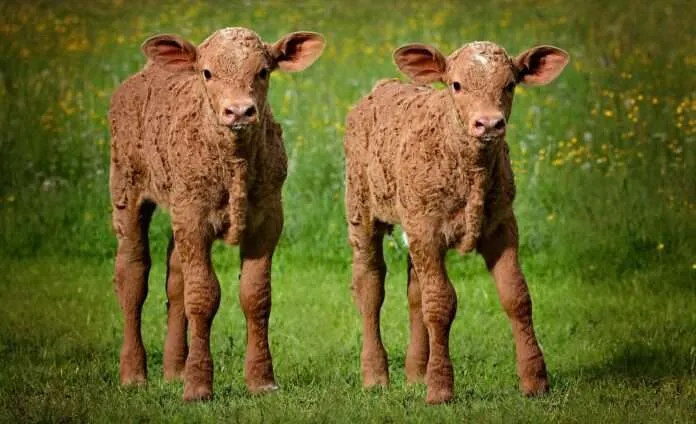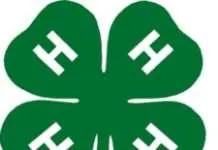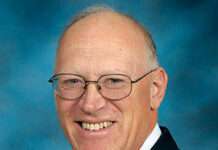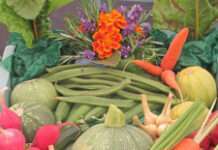K-State experts emphasize the importance of housing and good ground for wintertime breeding
MANHATTAN, Kan. — While icy winter mornings can be slick for people to walk, they can also present a risk for bulls breeding fall-calving cows, said Beef Cattle Institute veterinarians Bob Larson and Brad White during a recent Cattle Chat podcast.
“Cattle need to have solid ground to walk on in the wintertime, especially if they are on a natural service breeding plan,” Larson said. Natural service refers to the bulls mounting the females for breeding as opposed to an artificial insemination breeding strategy.
He said a natural service plan is important not only for just the bulls, but also for the cows who are expressing estrus, or being in heat, and show that by riding on the backs of each other.
“Cattle need to be out on ground that isn’t too muddy or rocky from the cycle of freezing and thawing,” Larson said. “If the ground is really rough, there will be less interest in expressing estrus behavior and less interest by the bulls to be aggressive with multiple mountings.”
White added that along with good ground to walk on, the cattle need to have adequate housing.
“If the cattle are in a confined and bedded area, it will allow producers to monitor for lameness issues during the winter breeding season,” White said.
Bulls also need to be monitored for frostbite on the scrotum, according to White.
“On those really cold winter days where the bulls lay on the ground there is risk that the bulls could experience frostbite on the end of their scrotum, and that will have a negative effect on semen quality,” he said.
Larson added: “It is important to put down some additional bedding that will provide insulation between the muddy and rocky ground and the cattle.”
For those producers who follow an artificial insemination breeding program, the veterinarians reminded listeners to carefully thaw the semen chute-side and maintain it at a 95-degree temperature until it is put into the cow.
“Bull semen can be an expensive investment and so producers need to be careful that it isn’t mishandled,” Larson said. “It is important to make sure the semen doesn’t refreeze between when it is first thawed and when the cow is inseminated with it.”
Aside from the breeding logistics, the veterinarians also stressed the importance of good nutrition.
“For the fall breeding season, it is critically important to supplement cows out on dormant winter forage to make sure the nutritional needs are being met,” Larson said.
Larson and White offered a checklist of strategies for successfully breeding fall calving cows:
• Maintain cows at a good body condition with a positive energy balance
• Make sure the semen is handled at the appropriate temperature for artificial insemination
• Allocate enough time for estrus detection
• Manage the housing environment
• Provide good footing for the cattle to walk on
To hear more of this discussion, go to the Cattle Chat podcast online.
FOR PRINT PUBLICATIONS: Links used in this story
Monitoring BCS, Breeding Fall Cows, Cow Size and Profitability, Polio
K State Research and Extension is a short name for the Kansas State University Agricultural Experiment Station and Cooperative Extension Service, a program designed to generate and distribute useful knowledge for the well being of Kansans. Supported by county, state, federal and private funds, the program has county extension offices, experiment fields, area extension offices and regional research centers statewide. Its headquarters is on the K State campus in Manhattan. For more information, visit www.ksre.ksu.edu. K-State Research and Extension is an equal opportunity provider and employer.
Story by:
Lisa Moser
785-532-2010
[email protected]
More information:
Bob Larson
785-532-4257
[email protected]
Brad White
785-564-7463
[email protected]





